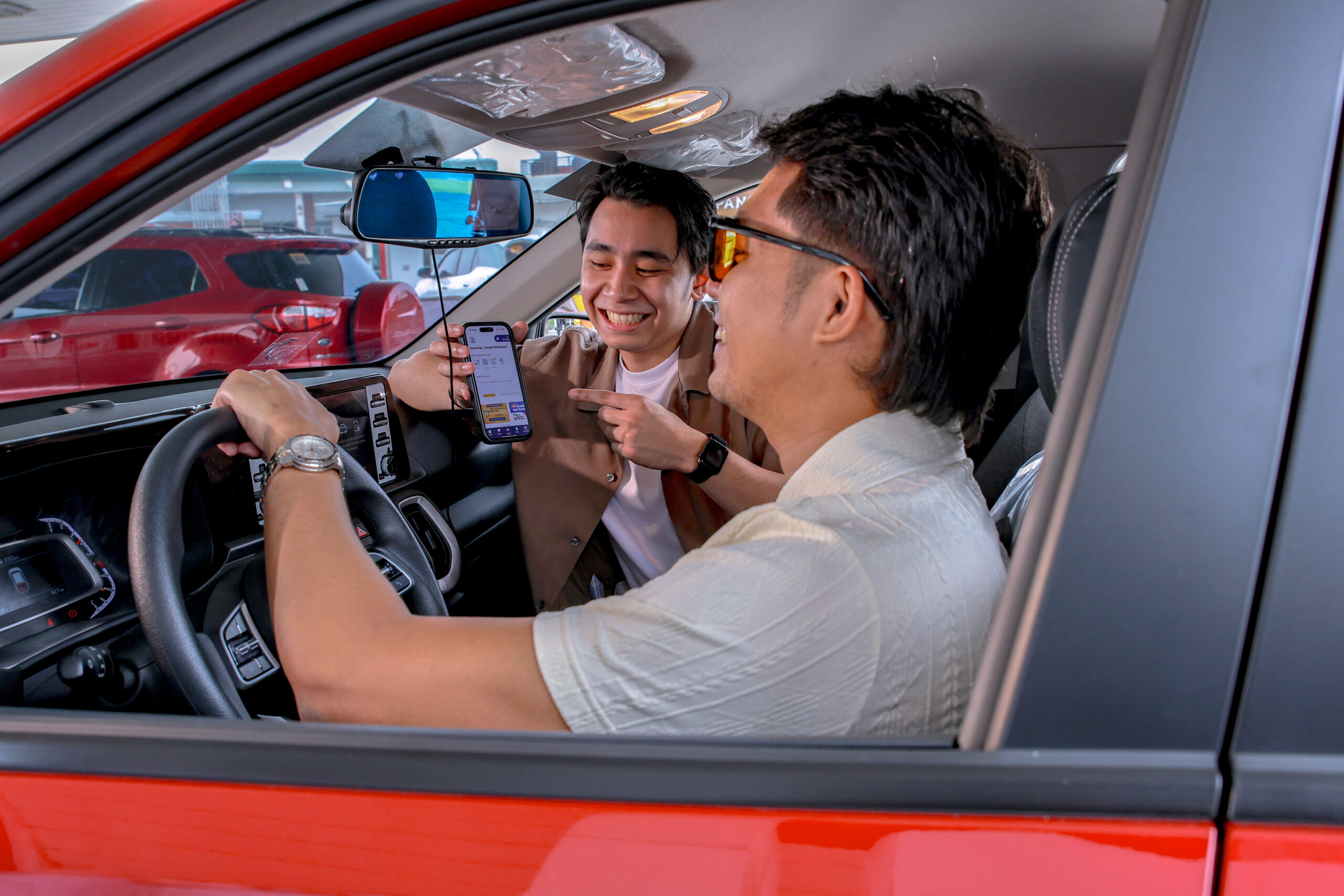Last night before I went to sleep, I checked my Facebook account and then suddenly it made me think how lucky we are now because we have an easy way to document anything that is happening in our lives. Everything posted seems like the mirror of what we are as it happens. Programs are now being developed that can analyze what we like, we don’t like, what we want ,what we don’t want and one day, they even can identify what kind of a person we are through the things we search and what we do over the net. Maybe an integration of the data can even formulate new studies on what kind of person our culture has become right now. Thus, someday all we need is a hard drive that will store all of our data.The Museum can be set-up from as small as a normal bedroom of a typical house.
The National Museum of the Philippines – National Art Gallery houses different collections from famous Filipino artists such as Vicente Manansala where I really love his 1975 Bahay Kubo water color painting. It also has works by Carlos Franciso, Juan Luna, Jose Rizal among many others. Special exhibits are also present from time to time.
The National Museum of the Philippines

The Spoliarium painting of Juan Luna



Senate Session Hall of the National Art Gallery
Recently, I brought my son to see the National Museum not only to see the works of great artists, but also to let him know about our country’s treasures and pride. If given a chance to visit other countries in addition to Belgium and Indonesia, I’d like to make sure my itinerary includes a visit to the country’s National Monument and Museums.
The Republic Act NO. 10066, which is an Act known as the “National Cultural Heritage Act of 2009,” is about a provision for the “protection and conservation of the National Cultural Heritage, Strengthening the National Commission for Culture and the Arts (NCCA), its affiliated cultural agencies, and for other purposes.
Section 2 of this Act says that the “State shall foster the preservation, enrichment and dynamic evolution of a Filipino culture based on the principle of unity in diversity, in a climate of free artistic and intellectual expression. The Constitution likewise mandates the State to conserve, develop, promote and popularize the nation’s historical and cultural heritage and resources, as well as artistic creations.”




More Photos Inside The National Museum of the Philippines here
The National Museum, a Trust of the Government, is an education, scientific and cultural institution that acquires, document, preserves, exhibits, and poster scholarly study and public appreciation of works of art, specimens, and cultural and historical artifacts representative of our unique to the cultural heritage of the Filipino people and natural history of the Philippines.
That’s how important preserving those paintings are in our National Museum. Those images painted there reflects our culture. How our forefathers’ paintings through their arts represent the Filipino people and how their heritage is translated into images.
The Spoliarium painting of Juan Luna, for instance, is currently hanging in the main gallery at the ground floor of the National Museum. It’s the very first painting you will see upon entering the Museum. The painting garnered the first gold medal when it was submitted by Luna during the Exposición Nacional de Bellas Artes in 1884 in Madrid. Not only did Luna spend eight months to finish this painting where he painted depicting the dying gladiators, but he also proved to the world that the Indios could, despite their supposed barbarian race, paint better than the Spaniards who colonized us. Through this painting, our National Hero Dr. Jose Rizal became more inspired to write two of his popular books that eventually lead us to our Independence.

My Kababayan Nunelucio Alvarado’s Painting

Bahay Kubo, Watercolor by Vicente Manansala
 It would be great if it’s not only during the Independence day holiday when we remember feeling nationalistic, but always, so that we can preserve the things that made us who we are now as Filipinos.
It would be great if it’s not only during the Independence day holiday when we remember feeling nationalistic, but always, so that we can preserve the things that made us who we are now as Filipinos.
Benigno “Ninoy” Aquino once said: “There is no greater nation on earth than our Motherland. No greater people than our own. Serve them with all your heart, with all your might and with all your strength.”
The National Museum is open from Tuesdays to Sundays from 10am to 5pm with regular entrance fee of P150 for adults, P120 for senior citizens and P50 for students. The Museum offers special price for visitors coming in groups. Please follow the Museum guidelines always. Come and visit the National Museum, especially because entrance fee is waived for the month of June.
National Museum Official Website here
Directory Here
NM Map : How to get there
Photos by: Kit Pilla of Imahe









